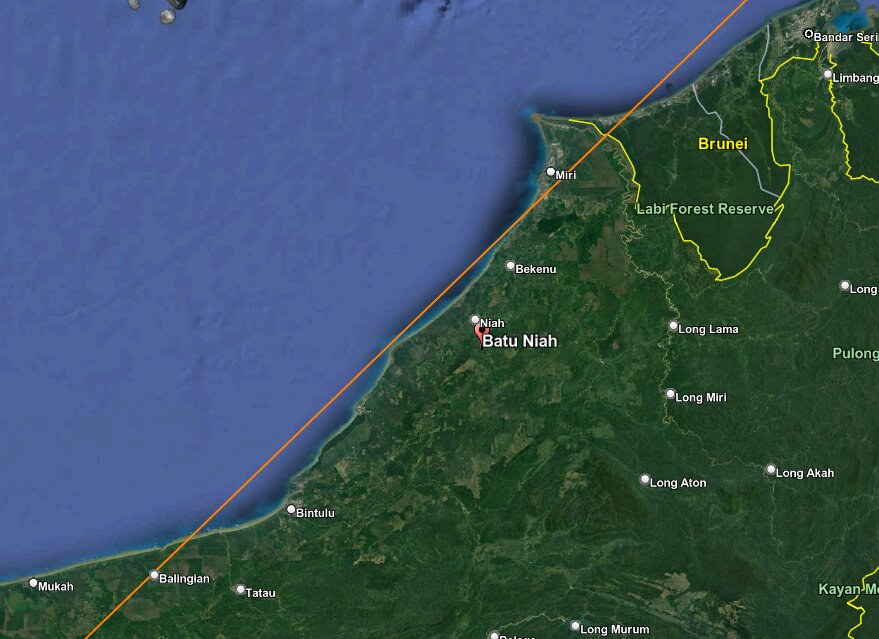
On Tuesday at 2pm I'll be in room 205 for the "Space as an Environment" splinter session which will include an update on the issue of satellite constellations affecting ground based astronomy
That topic will be continued on Wed at 10am, room 201/202, for the "Space as an Environment" open house, where I'll be tabling and available for informal discussion about the satcon and other space env issues #AAS241
On Wed at 12.45 at the AAS reg desk I invite alumni of the SAO Astronomy Summer REU to join me for our traditional networking lunch expedition, actual eating venue still TBD #AAS241
And if you don't see me at any of those, I'll probably run into you as I wander around the exhibit hall most days! Enjoy the meeting #AAS241
• • •
Missing some Tweet in this thread? You can try to
force a refresh









